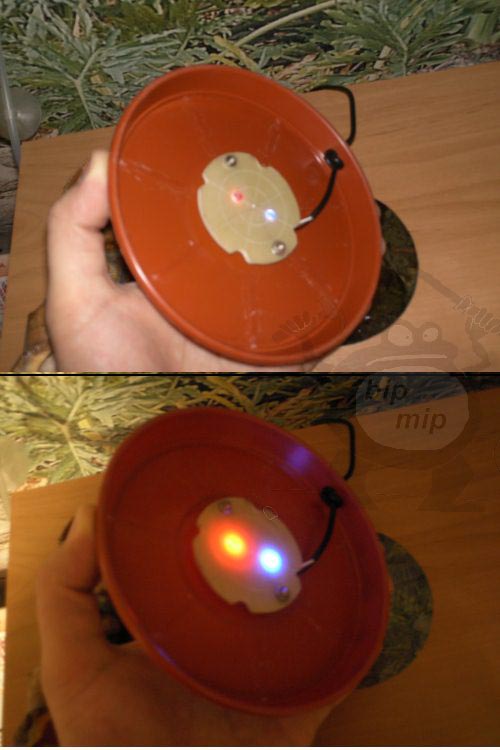There is a lot of debate about the effectiveness of LED-based phytolamps. It is desirable to have an artificial source of light useful to plants for growing seedlings in poorly lit areas. To test the effect of phytolamp on plants, it is not necessary to buy it, but can be made with your own hands.
What you need to know about the phytolamp:
It is known that plants are very sensitive not only to ultraviolet light, but also to the blue and red spectrum. From personal experience I know that the green light also has a beneficial effect on seedlings (for example, I covered the seedlings with a green plastic bottle and thus getting a kind of light filter, the result was very good. Compared to the seedlings covered with transparent film. Those plants that were under the green filter became much stronger and hardier, the seedlings grew thicker and faster, all other things being equal). Therefore, I can not say unequivocally about the effectiveness of the use of blue and red LEDs. Perhaps white LEDs will do, and maybe you will have to use light filters, or install a special mercury ultraviolet lamp.
But if you want to experiment with red and blue LEDs, and with electronics are not familiar with badly, I will tell you how easy it is to make a phytolamp with your own hands.
Fmtolamp with your own hands:
For the experiment (to check whether the described method of growing plants under the LED phytolamp works) you will be enough and a couple of LEDs. You can buy them in a radio store or forge them from old appliances or toys. I used LEDs such as ARL-5213URC5mm red and ARL-5213URC5mm blue, their spectral characteristics, as well as in general everything about them, you can see in the reference book on LEDs. And I assembled a simple phytolamp on two LEDs according to the elementary circuit:

Resistors you need in order not to burn the LEDs, I used two 500 ohm resistors. They must be two otherwise the blue LED will not burn, because they have different internal resistance of the p-n junction. And as a power supply I recommend taking an unnecessary old cell phone charger (you can buy it cheap at the flea market). Simply cut the wires and connect them according to the diagram below (be sure to observe polarity).

I used a flower tray as the plafond, hooked everything up with a surface mount and plugged it in.

I decided to use a phytolamp as a backlight in my aquarium because the algae lacks light and hardly grows.

I do not know yet whether such a LED phytolamp will help to grow my algae, but one thing I can say for sure — it is very beautiful, so do not be afraid to experiment and make a phytolamp with your own hands, your plants and you from it only benefit.

